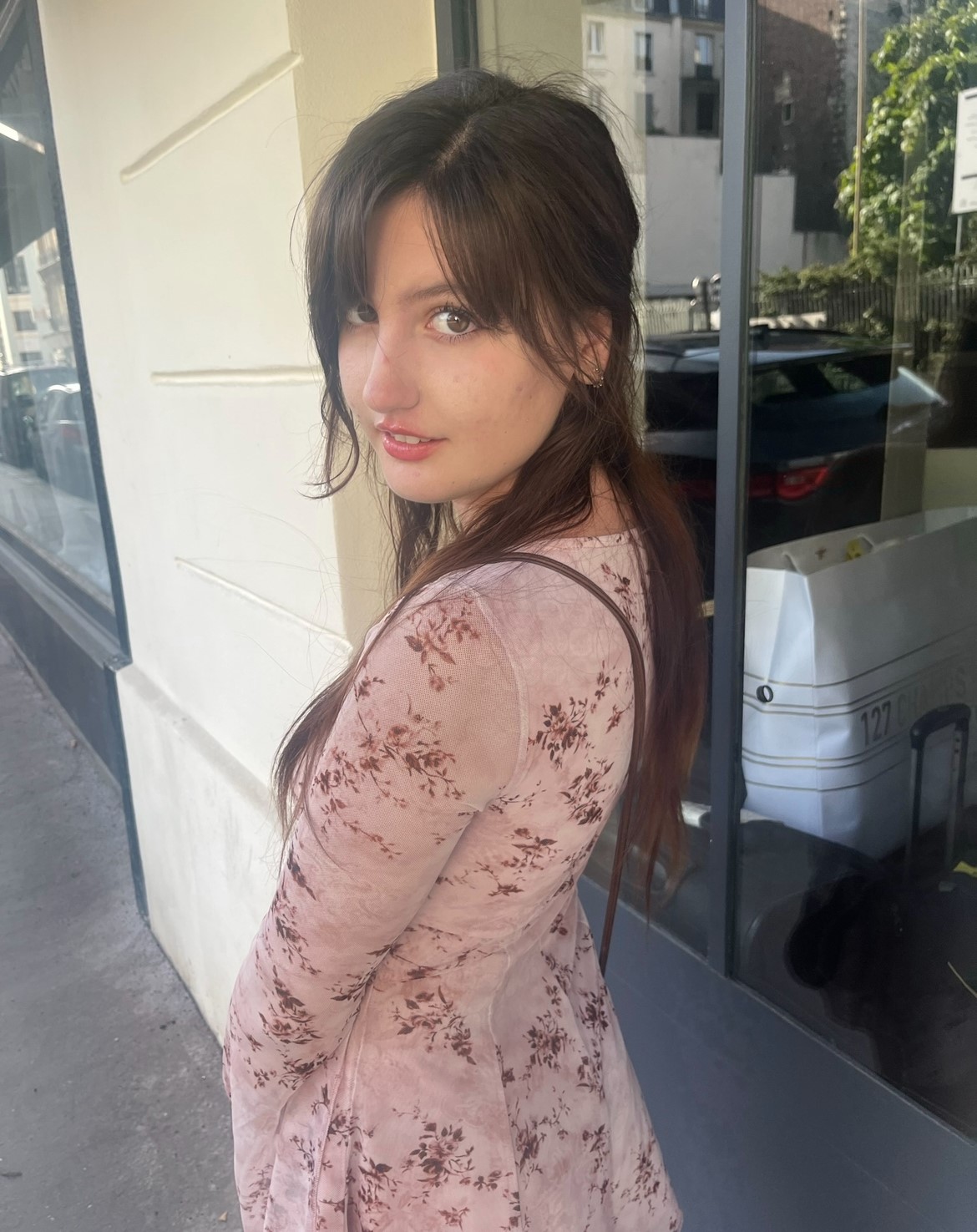Campus Critter Spotlight: The Song Sparrow
by Jordyn E Pimental
Tiny and quick, you may recognize song sparrows as those little brown birds from almost any suburban area, particularly populating the many bushes on Cape Cod Community College walkways. According to Merlin Bird ID, Cornell Lab of Ornithology’s advanced bird-scouting mobile app, they are the second most likely to be spotted around our Campus in West Barnstable. Although song sparrows (Melospiza melodia) are widely recognizable, how much is actually known about them? Continue reading this week’s ‘Campus Critter Spotlight’ to explore the details of these widespread little birds that are not known to most.
.JPG)
General Information
Small in size and light brown with darker brown streaks throughout its body, the song sparrow is one of the dozens of subspecies of sparrow in the United States. Known to some birdwatchers simply as “little brown birds” their widespread reputation can be disappointing for those who are in search of rarer birds. However, according to the American Bird Conservancy, these sparrows are an ecosystem staple not only in a town like Barnstable but in hundreds of other towns throughout the US, feeding on insects in the warm months and seeds during the cold months.
Behavior
From my many observations, I find song sparrows to be very curious and social animals. When one call is heard it’s not long for others to flock towards it. They are even known to feed along with other species of sparrow, especially the white-throated sparrow. but It’s also common, as indicated by the American Bird Conservancy, for the males of the species to be territorial, defending the nests made by the females. These low-to-the-ground nests are oftentimes made within the same shrubs and bushes all around our campus.
.jpg) A song sparrow singing its tune to another nearby sparrow (Jordyn E Pimental)
A song sparrow singing its tune to another nearby sparrow (Jordyn E Pimental)
Signature Song
Fulfilling its reputation as a prolific singer, you’ll most likely recognize their song, if not from around 4C’s then from your own backyard. The American Bird Conservancy also shares that males can sing twenty-four different versions of the same song, the smart birds learning from each other and developing complex variations. Usually singing to attract and communicate with others of the species or to attract a mate. Interestingly, each male sparrow is said to have their own distinct “voice”.
The American Bird Conservancy reports that Song Sparrow’s populations are on the decline, most notably due to human-caused habitat loss. Continue environmentally conscious actions and make the most sustainable choices you can to help song sparrows and other threatened species.
 Jordyn E Pimental. (Sydney Pimental)
Jordyn E Pimental. (Sydney Pimental)
| NOTE FROM THE WRITER: Thank you so much for reading! Tune in next time to continue reading more, as I continue looking into the top ten bird species(in no particular order) that, according to Merlin Bird ID, currently reside in and around 4C’s. To suggest a species(of any kind of animal) that you’ve spotted around campus to be reported on in the future feel free to send an email to [email protected]|
Categories: Featured, Editorials